November 30 is the UN's official Day of Remembrance for all Victims of Chemical Warfare. On March 16, 1988, during the Iran-Iraq war, a chemical weapons attack struck the city of Halabja in the Kurdistan region of northern Iraq. The attack resulted in more than 5500 deaths and 7000 wounded. Some in Halabja still call it “Martyr City” in memory of the innocent people who died that day.
Thirty-three years later, the city’s citizens, now estimated to number around 200,000, are still suffering from the consequences of the chemical attack. Loqman Abdelqader, president of an association for victims of the attack, told IranWire that there are 500 injured people living in poor health. Abdelqader, who lost six family members in the onslaught, added that it left some people with respiratory difficulties and eyesight problems. Today, the disaster that befell the city is repeating itself in localities across Syria.
Why Did the Bombing Take Place?
Muthanna Amin, an eyewitness inside the city during the chemical attack and a member of the Iraqi parliament from the city of Halabja, told IranWire: “Iranian forces occupied the city one day before the chemical attack, and when the city was bombed, the Iranian army was inside.” The regime of former President Saddam Hussein then attacked with internationally prohibited chemical weapons. Iran’s invasion of the city, Amin said, was the catalyst.
Security analyst Ali al-Janabi added: “The former Iraqi regime resorted to the use of chemical weapons because Iraqi forces were unable to expel the Iranian army using traditional military methods. At the end of the Iran-Iraq war, the Iranian army was able to storm the Iraqi border and reach the city of Halabja. This led Saddam Hussein’s regime to accuse its residents of facilitating the entry of the Iranians and to launch this devastating attack.”
Despite the weight of the historical and documentary record, more than three decades after the bombing some Iraqi officials hold a different view. Major General Muhammad Rushdi al-Dulaimi, who was working as an officer in the Sulaymaniyah Governorate in the Kurdistan region at that time, told IranWire that he believed Iranian forces attacked this area with chemical weapons because they were being forced to withdraw under pressure from Iraqi forces. “The Iraqi soldiers suffered many injuries during the Iranian bombing of the city,” he said, claiming this was “evidence” to absolve Saddam Hussein.
The Tragic After-Effects
Few will agree with Al-Dulaimi, and all in the city have had their lives touched in some way by this tragedy. On March 10, 2018, the Kurdistan Regional Ministry of Health announced the death of Laila Habibullah, a survivor of the chemical attack, citing exposure to deadly gases as the cause. Dr Khalis Qadir, director of the Ministry of Health in the Kurdistan Region, confirmed to IranWire that the office had registered 104 deaths due to respiratory issues caused by exposure to chemical bombing since 2003.
Nuxsha Nasih, the Mayor of Halabja, told IranWire that some people went missing after the attack and were never found. Seventy-four Kurdish families, she said, are still searching for 270 children who got lost amid the chaos. She added: “Some of the missing people may be in Iran and humanitarian organizations are working to reach them. The big problem is that in some families both parents have now died, which makes it difficult to identify the missing children.”
Halabja as Genocide
On January 17, 2010, the Supreme Iraqi Criminal Tribunal, which was formed after the fall of Saddam Hussein's regime and the entry of US troops into Iraq, sentenced Defense Minister Ali Hassan al-Majid, nicknamed Chemical Ali, to death after convicting him of the crime of genocide using chemical weapons in 1988. The same court also issued a 15-year prison sentence to the Minister of Defense during the bombing of Halabja, Sultan Hashim al-Tai, and to the head of military intelligence at the time Saber Abdel Aziz al-Douri.
In the trial sessions, which were aired on the Al-Iraqiya TV channel, the Iraqi public prosecutor presented more than 500 documents that he said were proof of crimes committed during the rule of the late Saddam Hussein. One document was a 1987 memo from Iraqi intelligence requesting permission from the President's office to use mustard gas and sarin gas against the Kurds. In a second document, President Saddam Hussein asked the Military Intelligence Directorate to study the possibility of a sudden strike using chemical weapons against the Iranian army.
In 2007, a Dutch court sentenced a Dutch businessman to 17 years in prison for delivering chemicals to Baghdad in the 1980s knowing that they would be used to make chemical weapons in Iraq.
At the end of 2002 and about 4 months prior to the American invasion of Iraq, Saddam Hussein's regime submitted a report to the UN Security Council of its military and civilian programs that could have military applications. In the report, Iraq provided evidence that it had destroyed all missiles and chemical and biological bombs. The Iraqi television documented the process of dismantling and detonating chemical weapons amid the presence of UN inspection teams.
Chemical Attacks in Syria Today
The lessons from Saddam Hussein-era Iraq were not learned by the Assad regime in Syria. Far from it. The Syrian Network for Human Rights has documented 222 chemical attacks in Syria since 2013: 217 attacks by the Syrian regime forces, and five by ISIS. The death toll reached 1,510 people, including 1,409 civilians, 205 children and 260 women, in addition to 94 from the armed opposition.
The Damascus countryside was the area most affected, with 71 chemical attacks resulting in 1,245 deaths, including those of 110 children and 209 women.
A study by the Global Public Policy Institute in Berlin documented about 336 “confirmed” chemical attacks using chlorine gas or sarin in Syria. The study “offers evidence-based analysis of the tactical and operational logic underpinning the use of chemical weapons as part of the Syrian regime’s wider strategy of punitive counterinsurgency.” It also revealed that “around 98 percent of these attacks can be attributed to the Assad regime, with the Islamic State group responsible for the rest.”
The Organization for the Prohibition of Chemical Weapons has so far investigated 77 allegations and concluded that the Syrian regime used internationally prohibited chemical weapons at least 17 times during the Syrian war. Meanwhile, the United States accused the Syrian regime of using chemical weapons 50 times against areas outside its control in Syria.
In August 2012, former US President Barack Obama firmly expressed his non-acceptance of any use of chemical weapons in Syria, during reports of the Syrian regime's intention to use such weapons against its “opponents”. Obama said: “We have been very clear to the Assad regime -- but also to other players on the ground -- that a red line for us is we start seeing a whole bunch of chemical weapons moving around or being utilized. That would change my calculus; that would change my equation.”
The Syrian war entered a new phase after the regime used chemical weapons in Ghouta, a suburb of of Damascus, in 2013. President Obama announced at the beginning of September of the same year his intention to launch a military strike against the regime, provided that Congress approve the move. Despite widespread opposition in American public opinion and among members of Congress, the possibility of carrying out a military strike remained, and did not diminish until Russian Foreign Minister Sergey Lavrov announced a Russian proposition whereby Syria would agree to place its chemical weapons under international control and dismantle them, while the United States would agree not to conduct a military strike on the country.
In August 2014, Obama celebrated the elimination of "Syria's declared chemical weapons stockpile" and commended the American capabilities and the efforts of American civilian and military specialists in destroying the declared weapons aboard the M/V Cape Ray, several weeks ahead of schedule.
But since then, human rights reports have documented dozens of “chemical attacks” against civilians in Syria, some of these reports explicitly accused the Syrian regime forces of being responsible for these attacks. Obama’s “red line” did not lead to any military action against the Syrian regime, apart from 59 Tomahawk cruise missiles launched from the Mediterranean Sea to Shayrat Airbase in Homs Governorate, as a direct response to the Khan Shaykhun chemical attack that occurred on April 4.
International measures
Three international resolutions have been issued by the UN Security Council regarding the use of chemical weapons in Syria. Resolution 2118 was issued in September 2013, a few weeks after the Ghouta chemical attack. This resolution resulted in Syria’s accession to the Chemical Weapons Convention and to the destruction of its chemical arsenal under the supervision of the Organization for the Prohibition of Chemical Weapons.
Five months later, in August 2015, the Security Council issued Resolution 2235, which called for a one-year Joint Investigative Mechanism of the United Nations and the Organization for the Prohibition of Chemical Weapons (OPCW), to identify “to the greatest extent feasible” individuals, entities, groups or Governments perpetrating, organizing, sponsoring or otherwise involved in the use of chemicals as weapons in Syria. This “mechanism” worked for two years, during which it issued seven incident reports, clearly clearly indicated the responsibility of the Syrian regime forces in four cases and ISIS in another. Russia then intervened and vetoed a US draft resolution that would have extended the investigation by a year.
In 2018, the OPCW intensified its efforts to take measures against the use of chemical weapons in Syria. For the first time in the organization’s history, an investigation and identification team was formed to identify the perpetrators. As a result, Syria was stripped of its voting rights at the OPCW after Syrian forces were found to have repeatedly used poison gas during the Syrian civil war. A two-thirds majority of members voted to immediately revoke Syria's privileges with the agency.
OPCW and the UN Security Council continue to pressure the Syrian regime to follow up on investigations. Fernando Arias, the organization’s director-general, confirmed that the Syrian regime has not yet declared its entire arsenal of chemical weapons, and has not allowed the inspectors to work independently on its territory. Damascus continues to deny the accusations against it, holding that its entire stockpile of chemical weapons was destroyed in 2013.
On November 30, Syria’s Permanent Representative to the Organization for the Prohibition of Chemical Weapons, Ambassador Milad Attiya, said that Syria has faced a historically unprecedented campaign of false accusations of not cooperating with the organization. Attiya said that the organization “has turned into a tool of political manipulation under pressure by Washington and its allies”.
visit the accountability section
In this section of Iran Wire, you can contact the officials and launch your campaign for various problems






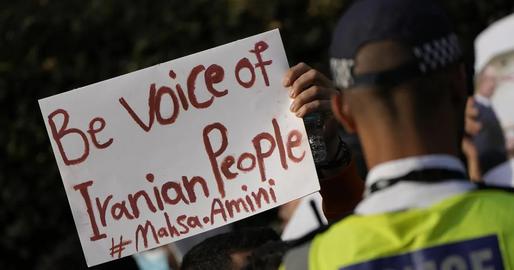
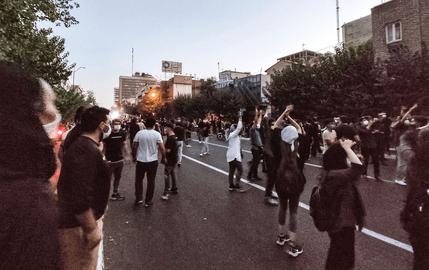


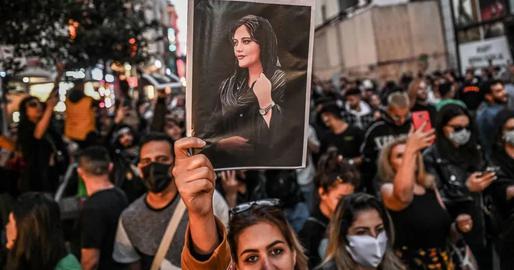
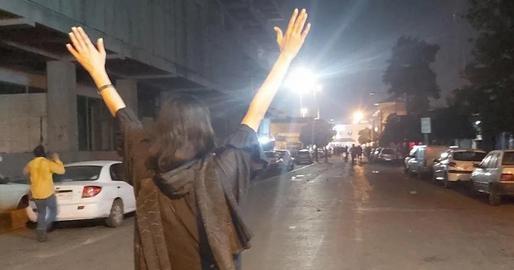

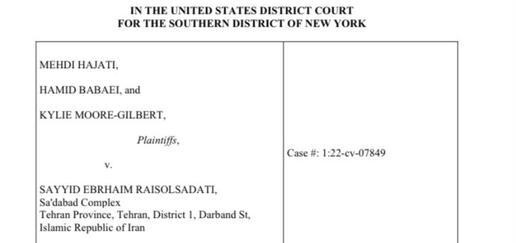

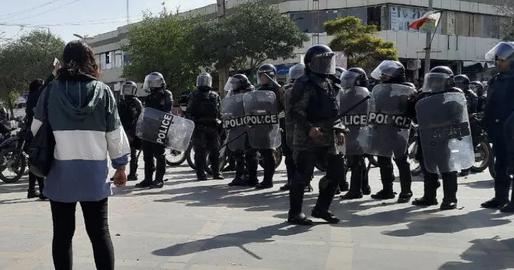
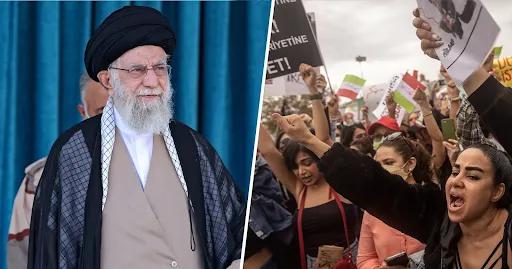
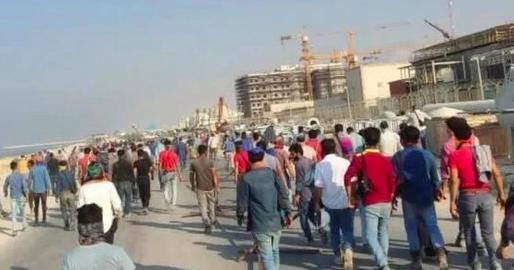
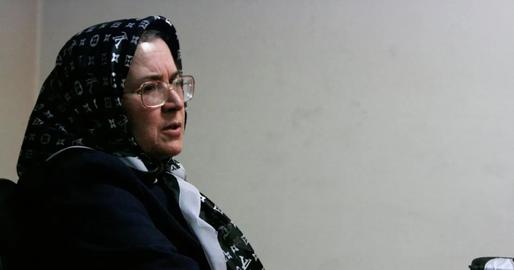

comments